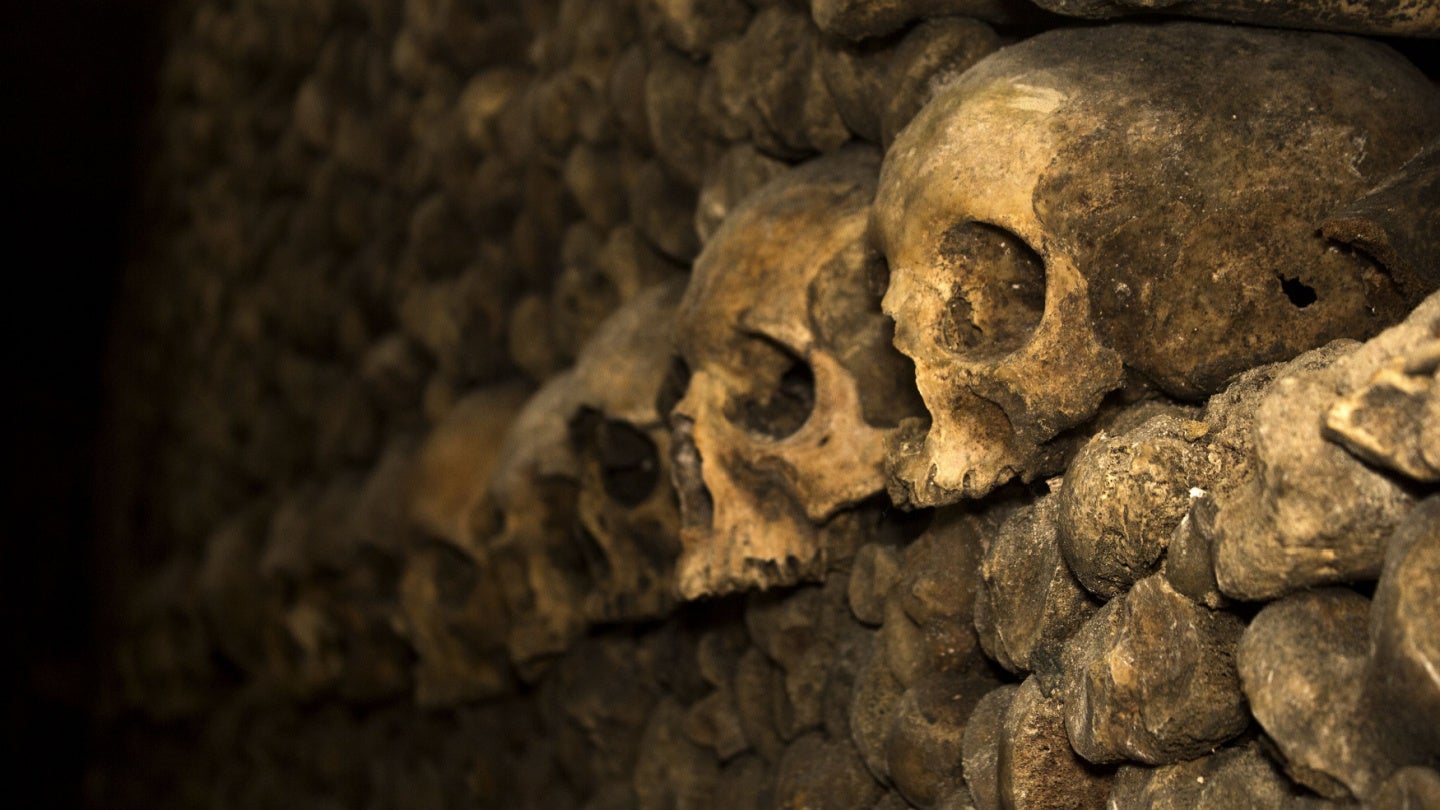Dark tourism is a form of cultural tourism where people visit places known for disaster, tragedy, or even danger.
It appeals to people who are interested in the macabre and those looking to learn more about some of the more gruesome and tragic parts of human history.
Dark tourism is nothing new
There is no official consensus on what constitutes dark tourism or when it began. Professor J. John Lennon, who coined the phrase ‘dark tourism’ in 1996, believed the phenomena started with crowds gathering to view public hangings in London in the 16th century.
However, people have been visiting sites of death and tragedy for centuries. Crowds would travel to watch gladiatorial fights at Rome’s Colosseum, and Pompeii became a tourist destination following the deadly volcanic eruption in 79 AD. A later example would be the Paris Morgue, a gruesome but incredibly popular tourist attraction for the city in the 19th century. Its original intent was to help identify bodies found on the city’s streets or those dragged from the Seine, but it soon began drawing thousands of tourists a day.
While dark tourism is growing in popularity, it has existed for as long as people have had a fascination with death and a penchant for travel.
Generation Z is looking for that dark thrill
According to research published in Digital Journal, the global value of the dark tourism market is set to reach $43.5bn by 2031. A significant demographic contributing to its rise in popularity is Gen Z. 91% of Gen Z surveyed in Travel News in 2022 had engaged in some form of dark tourism.

US Tariffs are shifting - will you react or anticipate?
Don’t let policy changes catch you off guard. Stay proactive with real-time data and expert analysis.
By GlobalDataReasons for why people engage in dark tourism vary. The same survey found that over half (52%) of those respondents value the educational aspect of visiting macabre or dark destinations. 48% claimed to visit sites of tragedy to pay tribute to the victims. There is also an increased desire among tourists to seek out alternative and interesting experiences when traveling.
Hit TV shows have also drawn the world’s eyes to these destinations. There was an increase in visitors to Pablo Escobar’s hometown of Medellin following the success of Netflix’s Narcos. More people went to visit Chernobyl after the release of the HBO series named after the area and fallout zone.
The practice of dark tourism is a morally grey area
While the media has created a bigger market for dark tourism, the advent of smartphones and social media has made dark tourism feel increasingly voyeuristic. Those seeking to create engaging content for their followers can very easily become insensitive and be accused of lacking respect for the very real victims of these tragedies.
YouTuber Logan Paul’s infamous visit to Japan’s Aokigahara Forest—a place known for its high suicide rate—was widely condemned after he filmed himself discovering a body.
In 2019, visitors to Auschwitz were encouraged to respect the memory of those who were affected by the Holocaust by the Museum organizers, following a slew of people posing for photographs on the train tracks approaching the concentration camp.
The media has drawn more eyes to some of the world’s most interesting places. Dark tourism helps to memorialize tragic events and history and even boosts the local economy.
However, the clout-chasing nature of social media makes it difficult to toe the line between shedding light on the importance of these sites and failing to respect the magnitude of the moment. The increase in tourists, predominantly Gen Z, to these dark tourist hotspots must be coupled with campaigns urging respect and raising awareness for why these destinations are significant.









